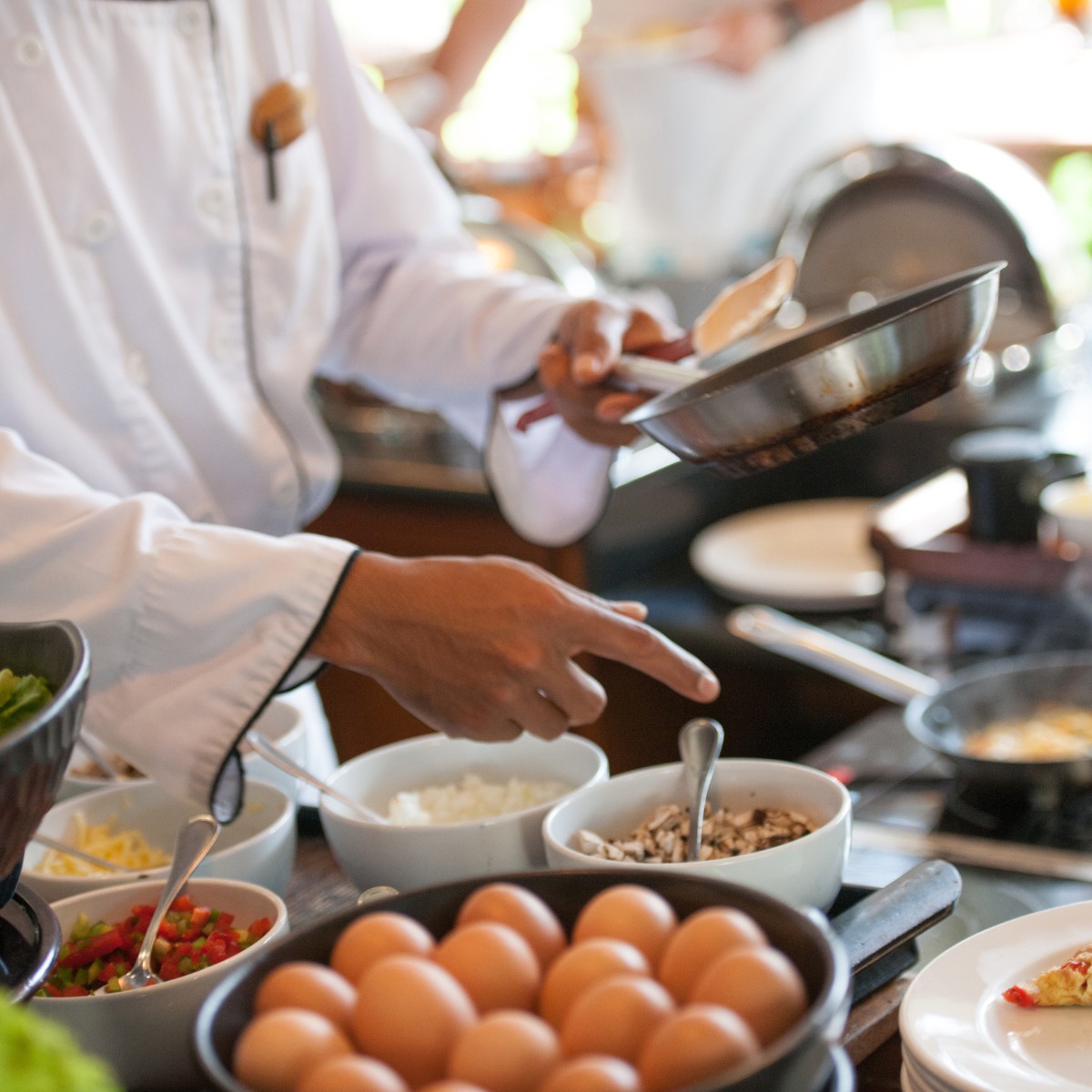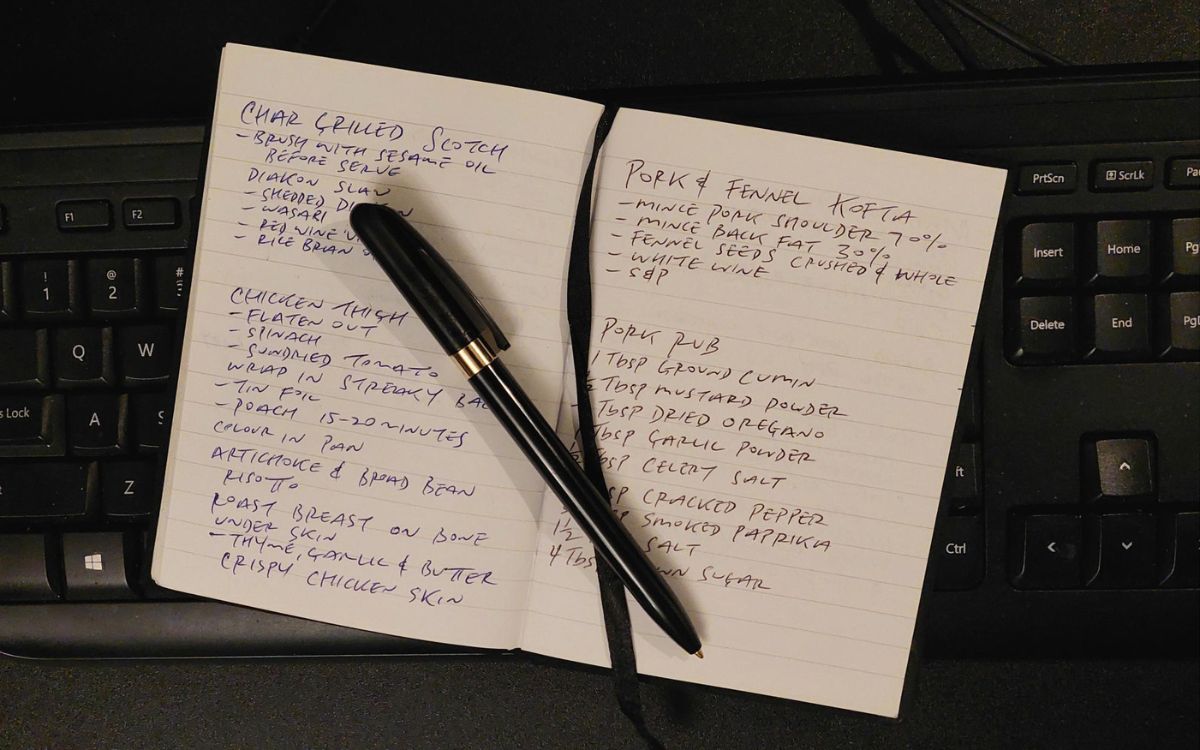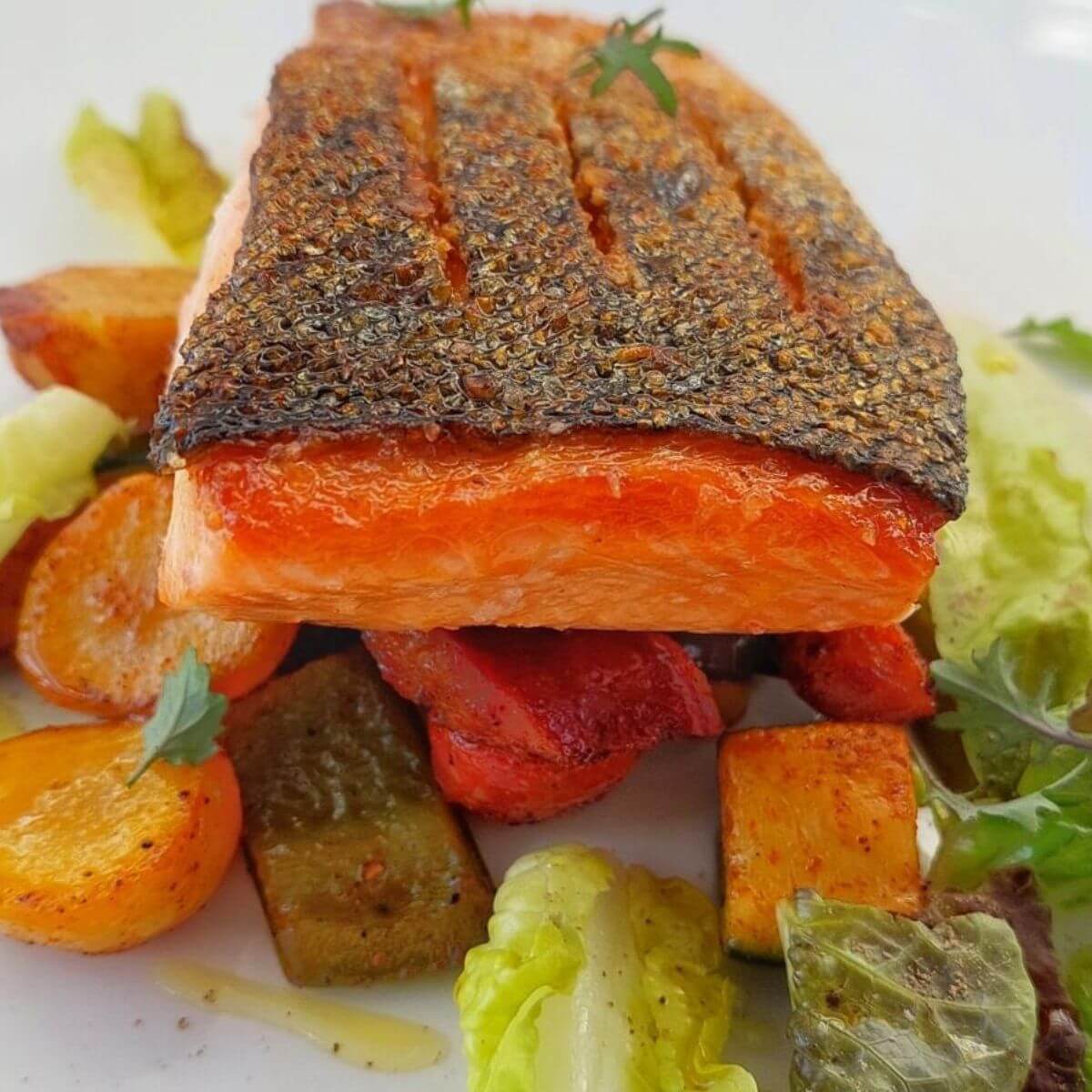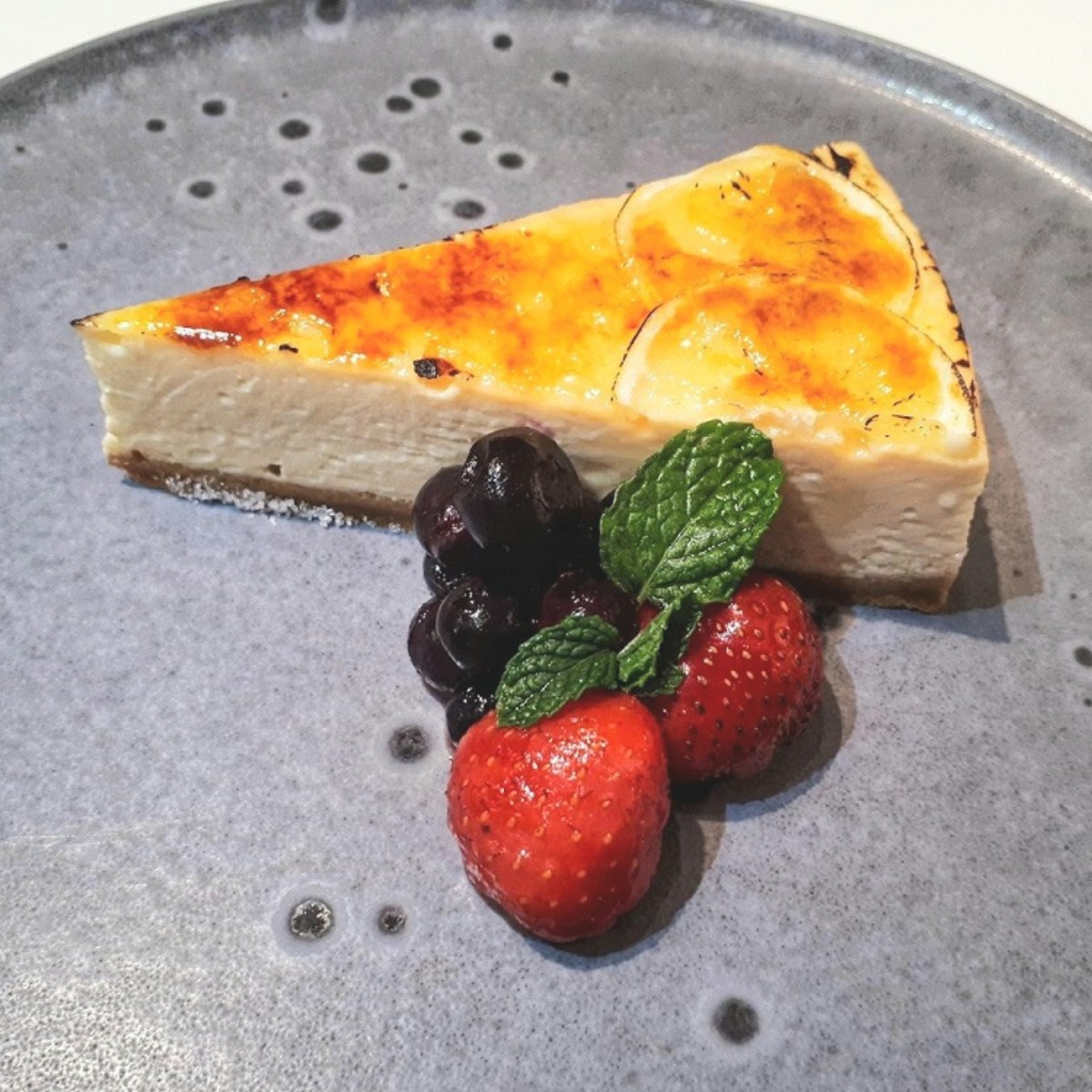Privacy Policy | Terms and Conditions | Disclosure Statement | License Policy
COPYRIGHT © 2024 | NUMBER 8 COOKING | ALL RIGHTS RESERVED.

Privacy Policy | Terms and Conditions | Disclosure Statement | License Policy
COPYRIGHT © 2024 | NUMBER 8 COOKING | ALL RIGHTS RESERVED.

Privacy Policy | Terms and Conditions | Disclosure Statement | License Policy
COPYRIGHT © 2024 | NUMBER 8 COOKING | ALL RIGHTS RESERVED.
As a chef with over 20 years of experience running restaurant kitchens, I’ve learned that thoughtful recipe development and menu planning are absolutely crucial to our success. There’s much more that goes into crafting a menu than just deciding what food to serve. A menu is like a chef’s resume.
Building an effective appealing menu requires strategic thinking and creativity. Also an understanding of budgets, kitchen capacity, and most importantly your target market.
ADVERTISEMENT CONTENT BELOW
In this blog post, I’ll share my process for recipe development and menu planning to help other chefs or restaurateurs craft menus that truly deliver. Written by a chef for chefs.
MY KEY POINTS

ADVERTISEMENT CONTENT BELOW
The menu is the backbone of any successful restaurant, café, or culinary business. Your menu conveys your brand story, shapes the guest experience, and guides your operations and inventory needs. It ultimately determines the success and profitability of your establishment.
With so much hinging on the menu. Every restaurateur/chef must follow a thoughtful process when developing, testing, and structuring their offerings. Rushing through recipe development and menu planning often leads to an imbalanced lineup. Littered with poor flow, pricing errors, and operational issues.
Establishing an intentional, detailed development framework is the only way to build a cohesive menu that delights customers.
I aim to do four menu changeouts a year. We will roll with the seasons, keeping the menu fresh, seasonal, and modern. Once one menu is implemented, I start planning the next. The process never stops, restaurant dishes evolve, and menus change with the seasons.
Before I even think about the overall menu. Developing new recipe ideas and perfecting our dishes is my first priority. This process starts with inspiration from many sources.
Dining at other well-established restaurants, and browsing food blogs and magazines. Watching cooking shows, and experimenting with ingredients and techniques. I keep a running list of recipe concepts I want to try in my notebook.

When developing and testing recipes. I focus on using a mix of seasonal mainstream and artisan ingredients that capture the essence and flavors of each dish. I’ll prepare the recipe multiple times, adjusting seasoning, herbs, or spices, cooking times, and methods. Until I’ve nailed down the optimal version. I pay close attention to details like texture, color, and presentation too.
Once I feel the recipe is refined enough for service. I’ll have my kitchen team prepare it as well. So we all understand the methodology and can achieve consistency. After this, it gets a test run on our feature menu. If it is well received by the customers it will go on the next menu changeout.
Chefs Pro Tip — An excellent way to test the customer’s appetite for a new dish. I stick it on our feature menu for 4-5 days. The feature menu sits outside the main restaurant menu and is my way of testing new dishes.
If they don’t work they come off and get reworked or just forgotten about. If they are a success they will be added to the next menu changeout.
ADVERTISEMENT CONTENT BELOW
With the amazing array of recipes that made it past my kitchen team and the restaurant’s feature menu. I’m ready to blueprint the overall menu. Some key principles I keep in mind throughout this process.
A Wise Chef Once Told Me — If you’re going to cook average food, make sure you cook average food every service. However, once you start cooking good food, you better be cooking good food everyday. And when you’re cooking excellent food you need to cook excellent food all the time. What he was trying to tell me is no matter what level of food you’re cooking you need to be consistent!
We all know of busy restaurants, or cafes that service average food. This is because their customer base knows what they are getting. Good, bad, or ugly it needs to be consistent. Recipe development and menu planning help towards being consistent.
Disclaimer — I’m not saying go out and serve average food. What I’m saying is to make sure you’re consistent!
When organizing the menu, I structure it thoughtfully into clear sections that guide diners seamlessly from start to finish. This is why recipe development and menu planning is so essential.
ADVERTISEMENT CONTENT BELOW
Within each section, we’ll organize related dishes together and price items gradually from stars, plow horses, to dogs. Well-crafted menus have a natural flow that entices customers to order multiple courses and spend more. This is why recipe development and menu planning is so important.




Recipe development and menu planning are key to determining pricing. This is one of the trickiest aspects of menu planning. I take several factors into account when pricing dishes.
ADVERTISEMENT CONTENT BELOW
Consider the labor. Prep time for each dish. Complexity to plate each dish, keep it simple and visually appealing.
Price comparably to similar local restaurants. You don’t want to be too low and lose money. Or too high and price yourself out of the market. Include higher priced items to make other dishes seem like a better value.
Odd number prices like $9.95 or $19.50 seem lower than even numbers. Price according to the perceived value of the dish in diners’ eyes.
ADVERTISEMENT CONTENT BELOW
Once I’ve developed a draft menu. I get input from staff, servers, and other industry chefs. This is invaluable before finalizing it. I will do a staff tasting where the kitchen will cook all the new dishes and present them to the staff to sample and taste.
I’ll ask questions like Does the menu seem cohesive? Are any items confusing or out of place? Are there any glaring omissions or dishes you’d expect to see? Their constructive feedback helps me identify any missing elements. This gives me time to refine the menu before moving forward.
When ready to implement a new menu, careful recipe development and menu planning, along with communication make for a smooth roll-out. I verified that we had all the necessary ingredients and supplies stocked. My sous chefs thoroughly train staff on the new recipes and standards of execution.
We may run specials or do limited test runs first to work out any kinks before the full public launch. Effective menus must evolve over time as customer preferences change. So I view menu launches as an ongoing process, not a single event.
Cooking is a science and a skill that requires a deep understanding of both the technical and creative aspects. Cooking is also a matter of precise measurements and ratios.
For example, baking is particularly sensitive to accurate measurements and temperatures. A slight deviation in the amount of an ingredient or cooking degrees can result in a completely different outcome. So, to help you here is a handy little unit converter tool for cooking without guesswork.
I find inspiration from dining at popular influential restaurants, reading cookbooks, food magazines, online recipe sites, and seasonal ingredients. Even my family’s favorite flavors, and sometimes just experimenting with different ingredients in the kitchen.
Season incrementally, taste often, and use acidity and sweetness to balance strong rich flavors. Ensure there is a mix of flavors and textures, and adjust saltiness and spiciness to taste.
Season Incrementally And Taste Often — Don’t be afraid to adjust seasonings like salt, pepper, herbs, and spices as you cook. Tasting as you go helps you better calibrate flavors.
Use Acidity To Balance Richer, Heavier Flavors — A squeeze of lemon or splash of vinegar brightens flavors. Acid cuts through fat and balances out rich flavors.
Add A Touch Of Sweetness To Round Out Acidity Or Spiciness — A bit of honey, maple syrup, sugar, or fruit sauce. This balances out tart, sour, or spicy flavors.
Include A Mix Of Contrasting Flavors And Textures — Crunchy, creamy, crispy – play with different sensations to keep things interesting.
Adjust Saltiness And Spiciness To Taste — Cater to your own preferences or your expected audience. You can always add more seasoning later.
When I’m in the recipe development and menu planning stage. I start with a small test batch using my experienced best estimates. Then adjust the amounts as needed through a couple of rounds of testing and tasting. Until I land on the perfect proportions.
The menu is the focal point defining any restaurant. By putting care into planning balanced, cohesive menus tailored specifically to our restaurant’s concept and clientele. We can provide amazing dining experiences that keep guests coming back.
While the process takes significant work and trial and error upfront, the rewards of building an exceptional menu make the effort more than worthwhile.
Struggling with recipe development and menu planning? This definitive chef’s guide reveals professional secrets. To assist you in creating cost-effective recipes and, structuring exceptional menus. Recipe development and menu planning are important steps in supporting a successful restaurant.